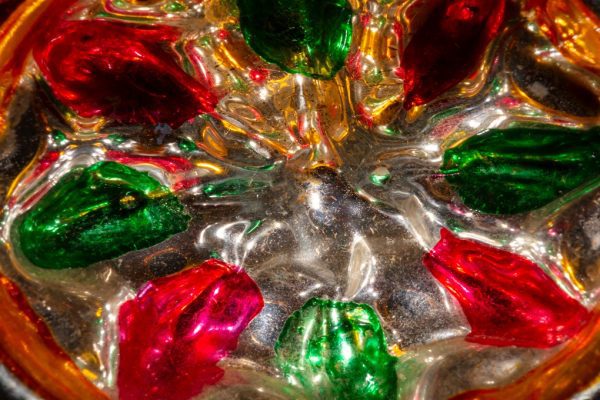In Prague’s historic Old Town (Czech: Staré Město), situated on the right bank of the Vltava river, lies the oldest surviving Gothic building in the city of Prague. This building, known as the Convent of Saint Agnes (Czech: Anežský klášter), was founded in 1231 by the youngest daughter of King Ottokar I, Agnes of Bohemia, princess of the Přemyslid dynasty.
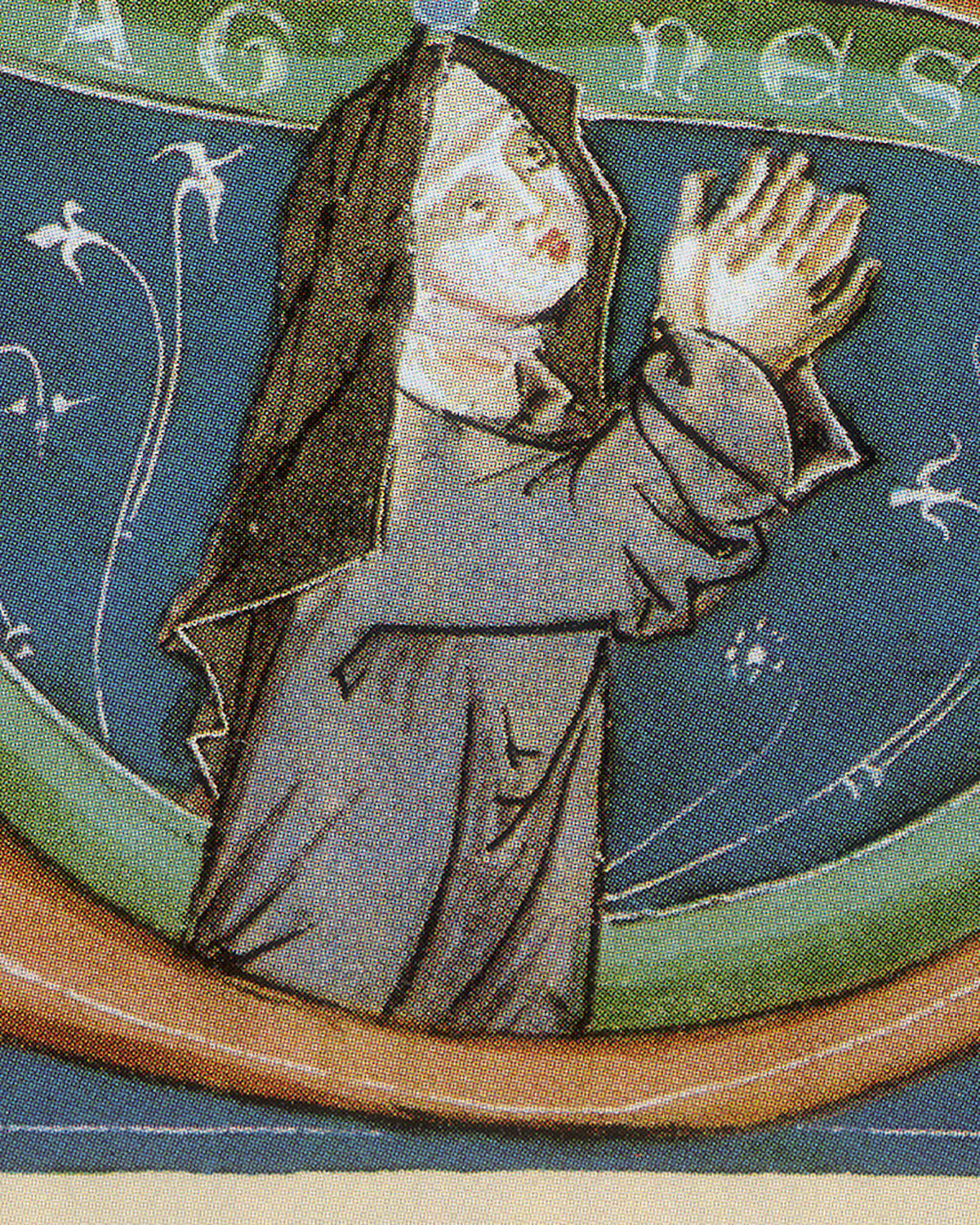
Agnes was a descendant of the famous Czech Saints, Saint Ludmila and Saint Wenceslaus and although she was royalty, she chose to live a life of charity and piety over one of comfort and luxury.
The Convent of Saint Agnes, where she served as abbess, was founded after various negotiations about her marriage were all canceled. She refused to take part in a politically arranged marriage and decided instead to dedicate her life to prayer. After her refusal, Emperor Frederick is said to have remarked: “If she had left me for a mortal man, I would have taken vengeance with the sword, but I cannot take offense because in preference to me she has chosen the King of Heaven.”
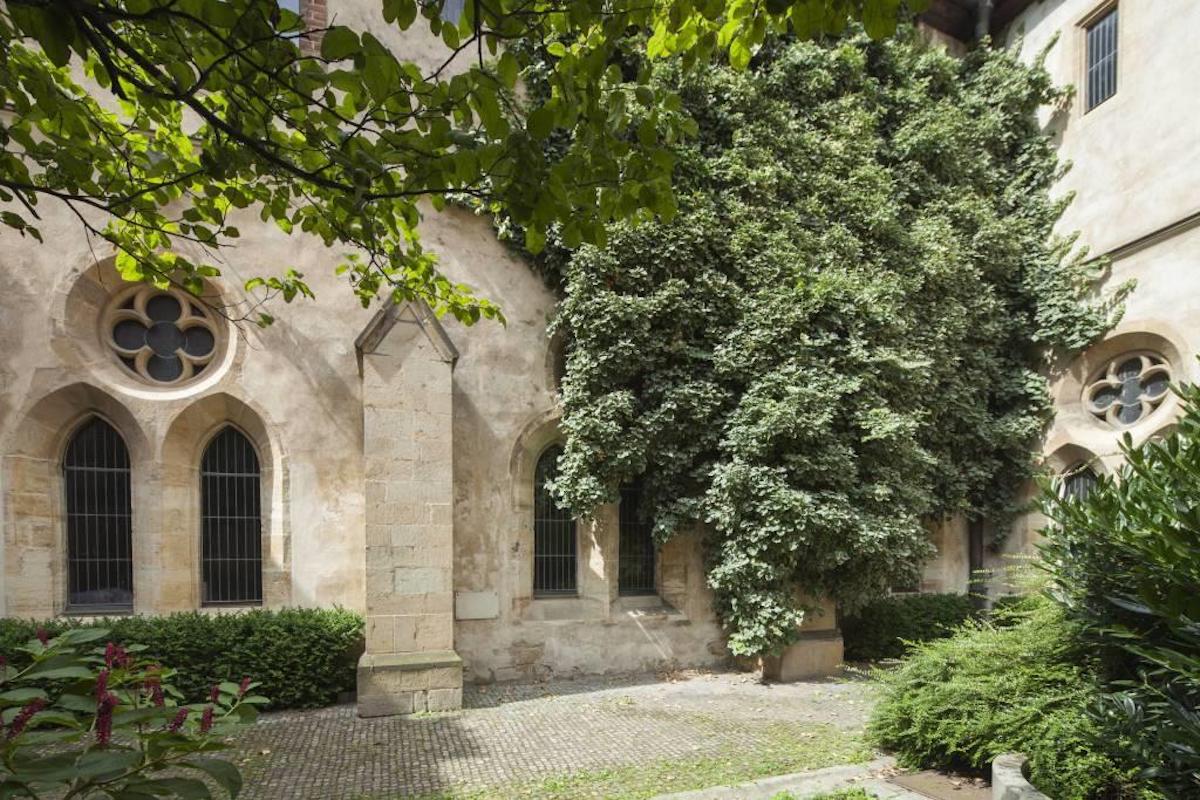
The land on which the convent is constructed was donated by Anges’ brother, King Wenceslaus I of Bohemia. The convent was initially used by the order of Saint Clare, the second Franciscan order founded by Saint Clare and Saint Francis of Assisi in 1212. In fact, one of the oldest sections of the convent, the main sacred area, was named after Saint Francis.
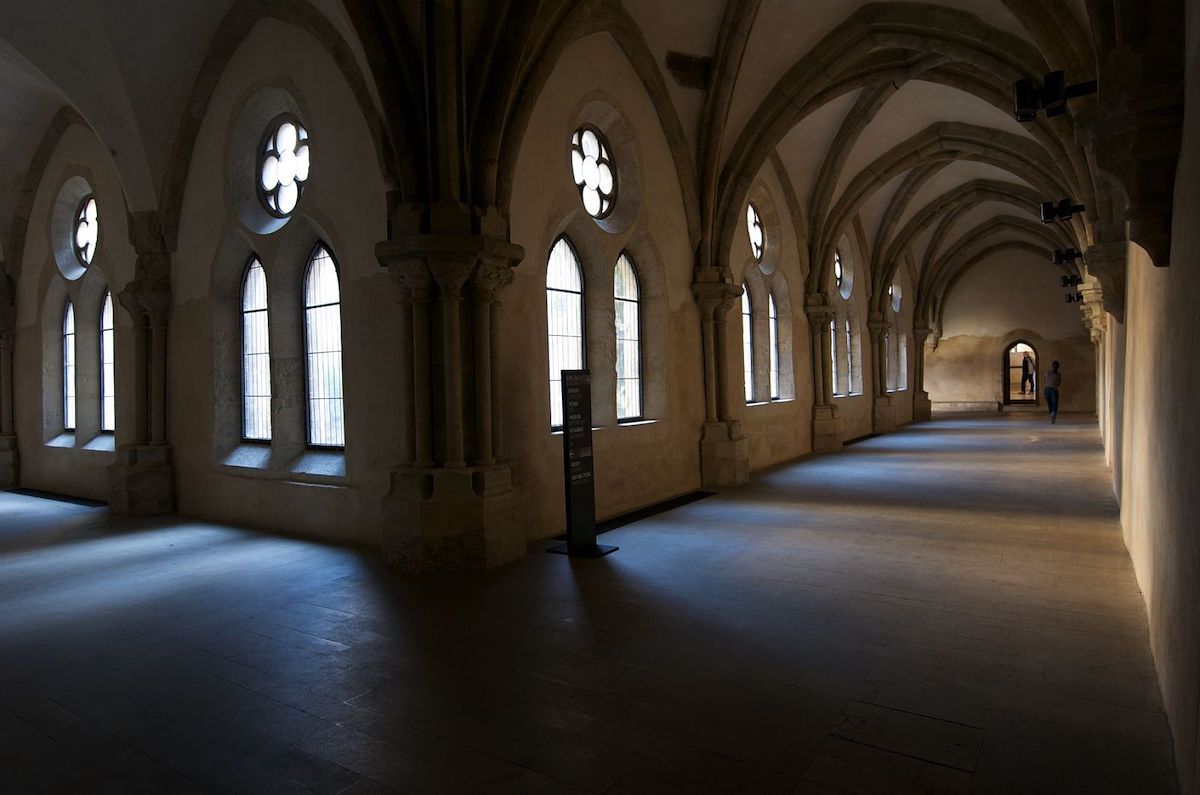
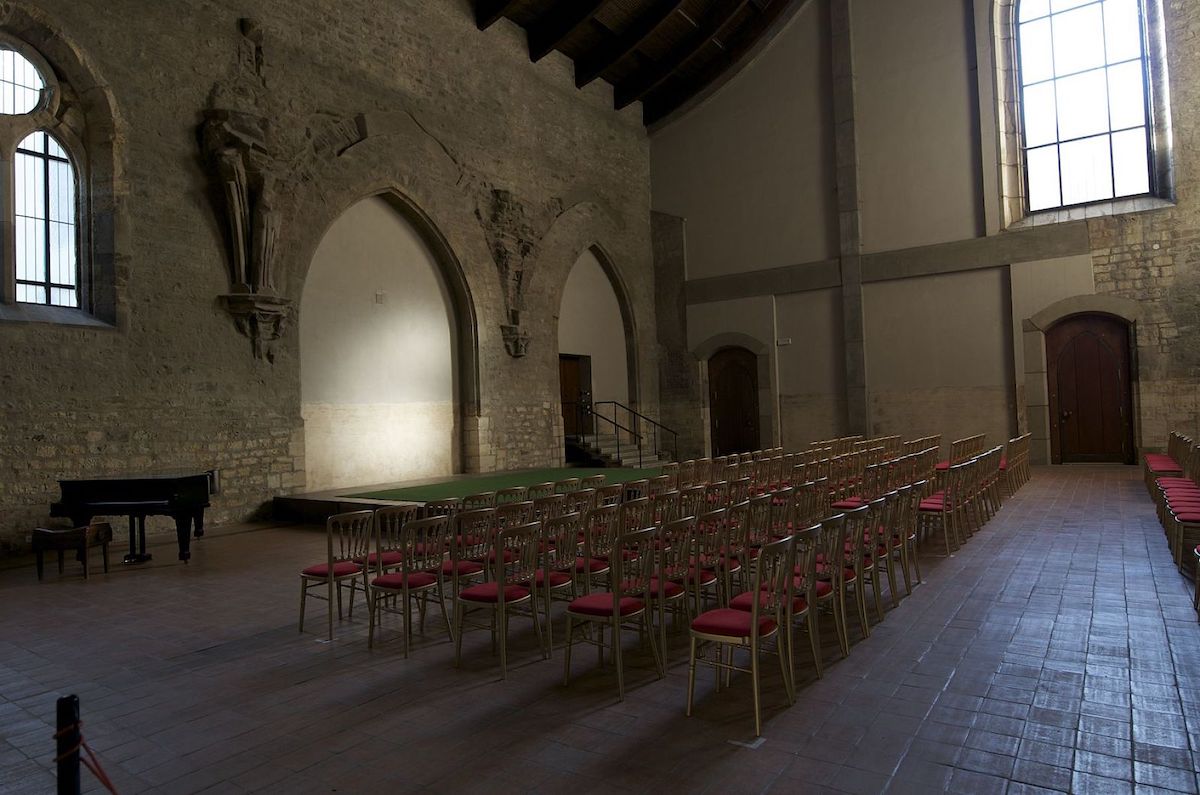
Along with the main church of Saint Francis, a vast and spacious east wing was also constructed and, in 1234, the convent was consecrated. After this, multiple sections were added over the years, including a monastery, various chapels, and the cloister of Poor Clares.
The convent was also later granted many significant privileges by Pope Gregory IX. During this time, the convent served as a spiritual center in Prague. The convent was also used as the burial area for various members of the Přemyslid dynasty, including Agnes herself, although her tomb was never found. Agnes lived out her life in the cloister, acting as the abbess until her death on March 2, 1282.
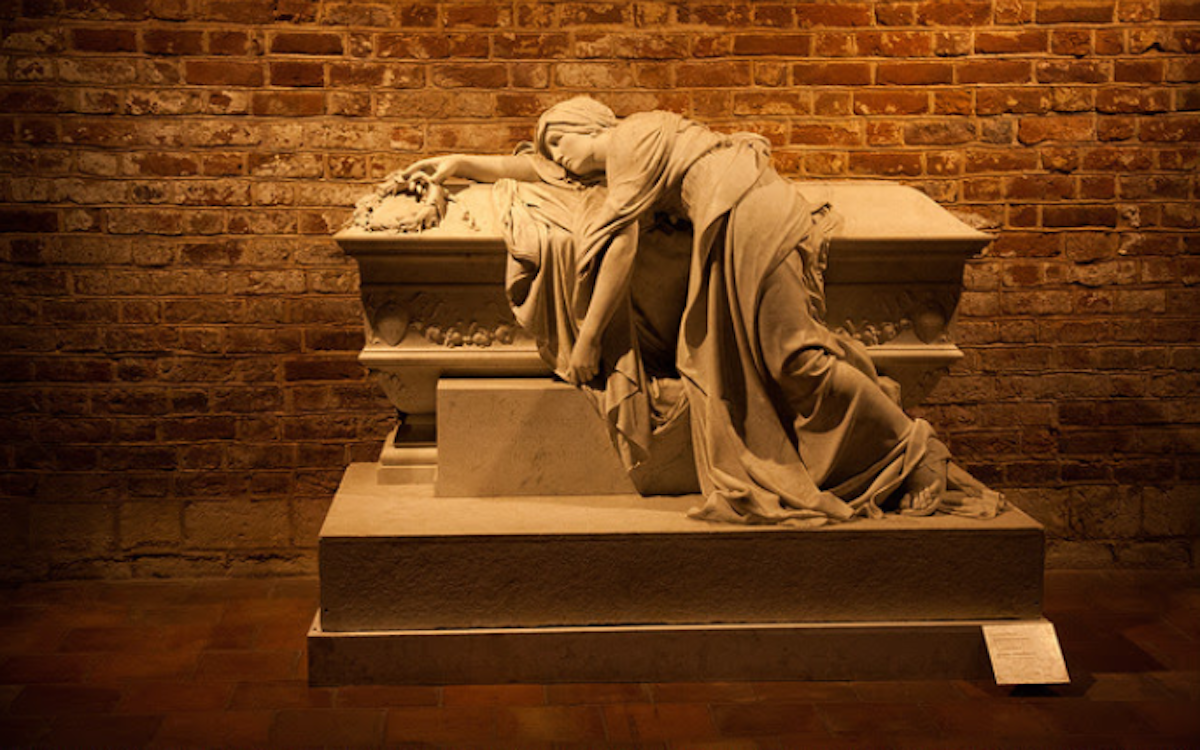
After her death, the convent was no longer the main focus of the royal family. As time passed and Charles IV came into power, parts of the convent were rebuilt. It underwent several changes, the original windows were lowered, the chapel of Saint Salvator was newly decorated, the dormitory was re-vaulted, and the chapel of Saint Barbara was rebuilt.
During the Hussite wars, the convent was used as both a mint and an armory. In the 16th century, the Dominicans took over and remained there for seventy years. After this, the building was sold to new owners who used it for workshops, storage, and as housing for the poor. The splendid gothic structure managed to escape demolition in the 19th century when historic synagogues and homes were being destroyed in the Old Town district of Prague.
The convent was finally renovated in 1963 by the National Gallery and the first floor now holds the National Gallery’s permanent collection of medieval and early renaissance art, dating between 1200 to 1550, from Bohemia and other Central European countries. The cloister is used for temporary exhibitions.
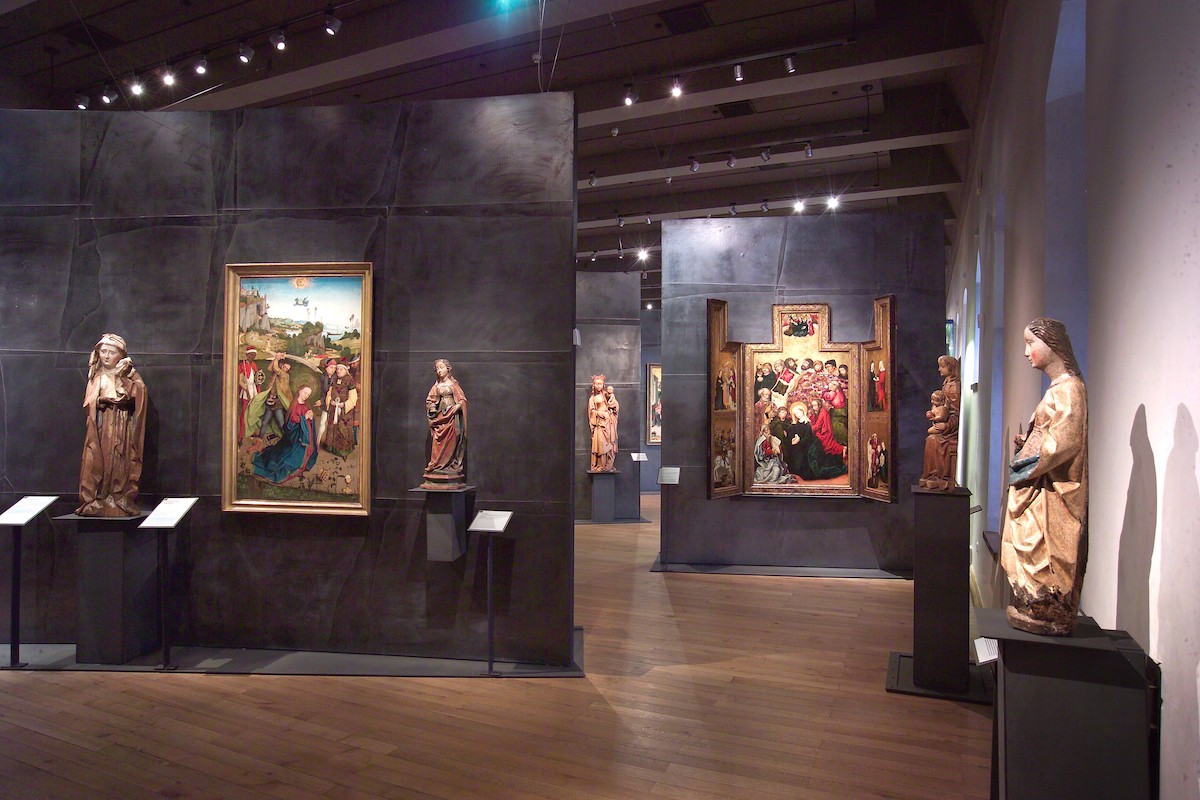
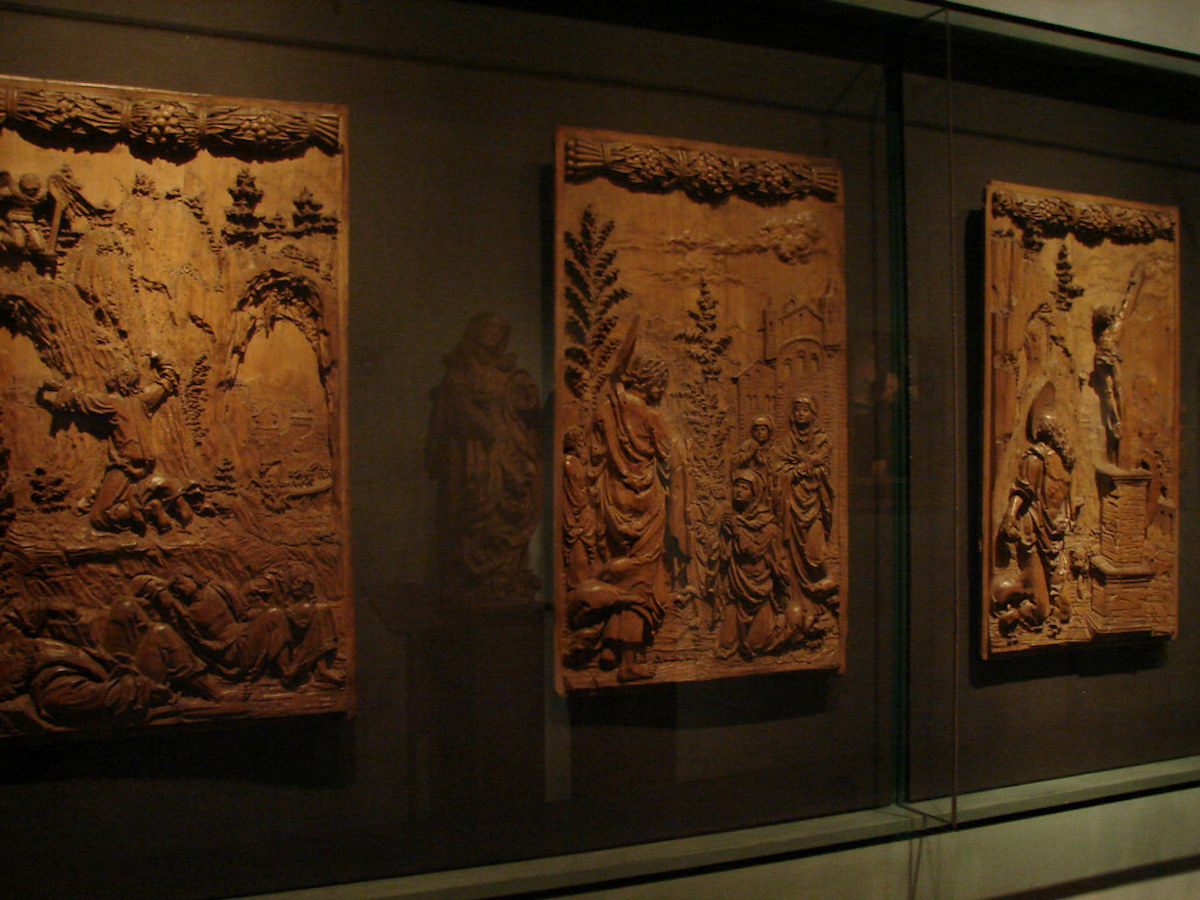
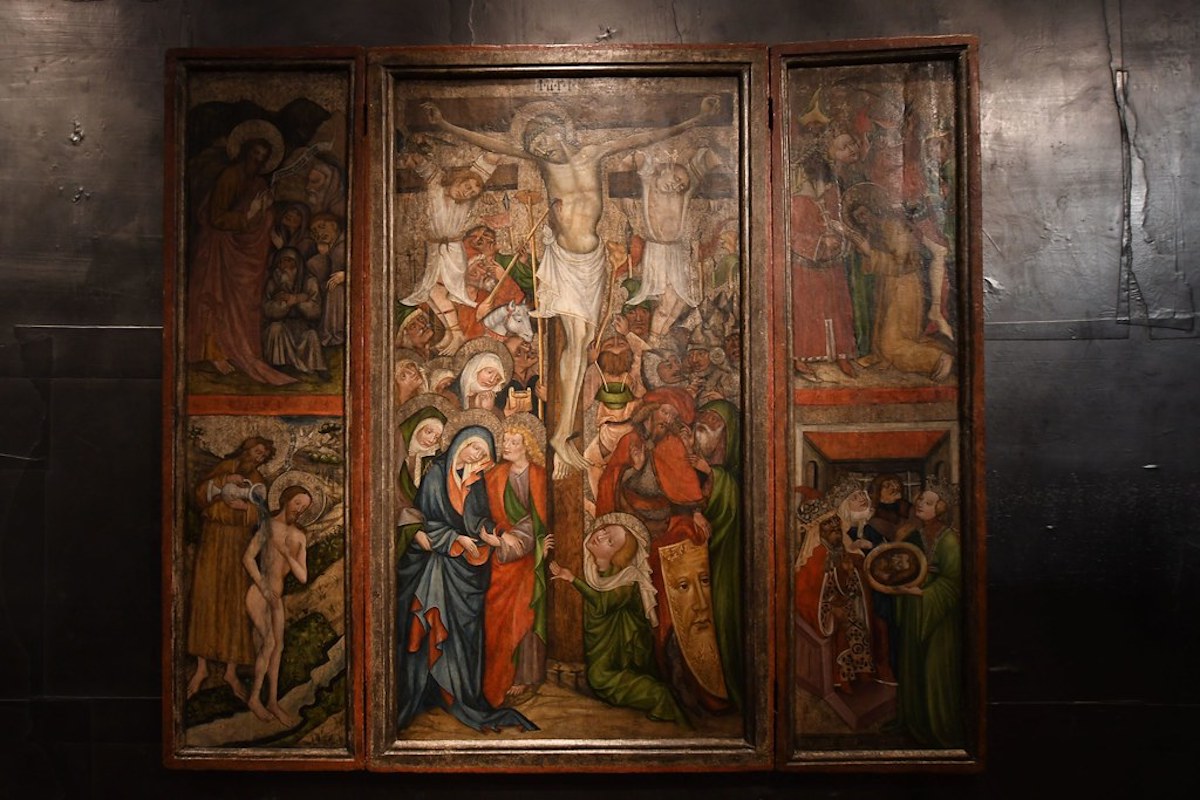
We know that you could spend hours, days, weeks and months finding some of this information yourselves – but at this website, we curate the best of what we find for you and place it easily and conveniently into one place. Please take a moment today to recognize our efforts and make a donation towards the operational costs of this site – your support keeps the site alive and keeps us searching for the best of our heritage to bring to you.
Remember, we rely solely on your donations to keep the project going.
Thank you in advance!
If you have not already subscribed to get TresBohemes.com delivered to your inbox, please use the form below now so you never miss another post.



